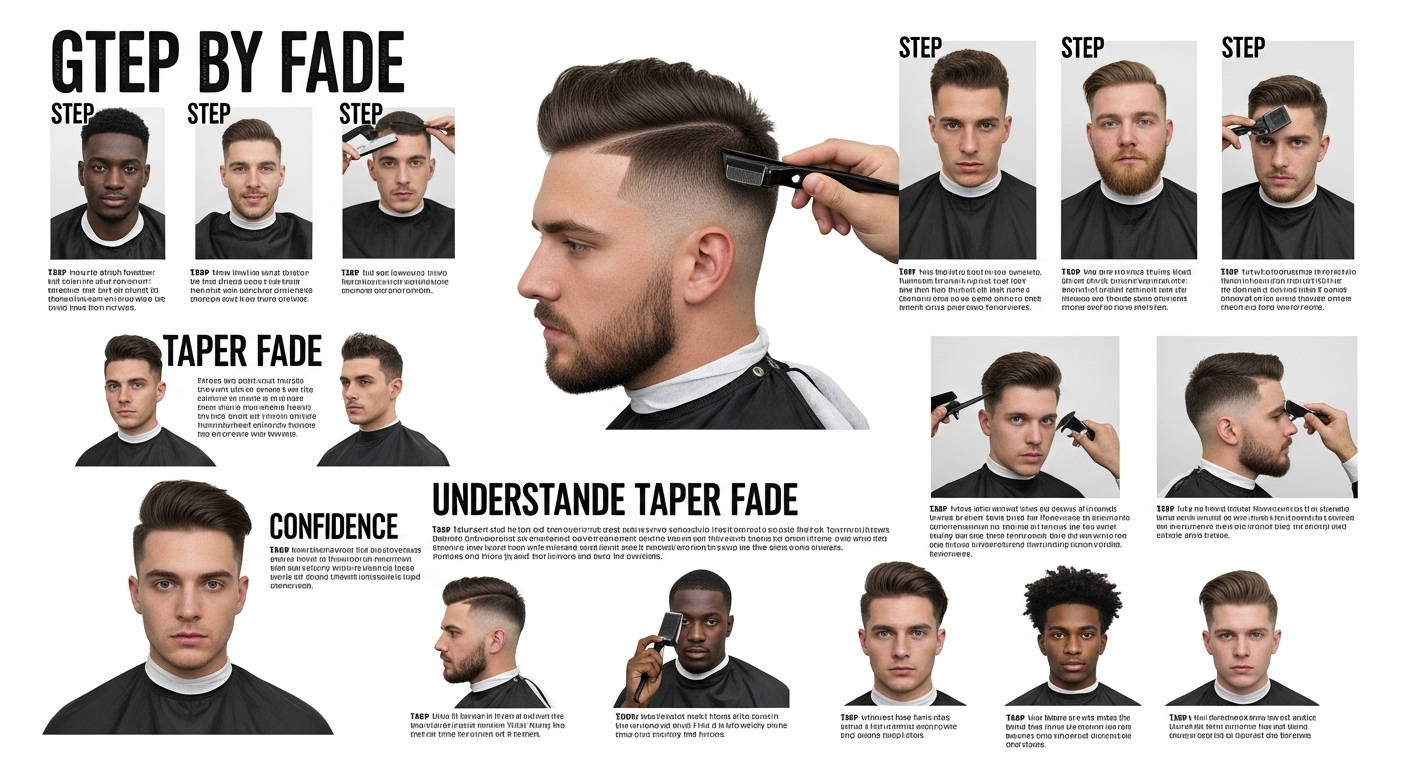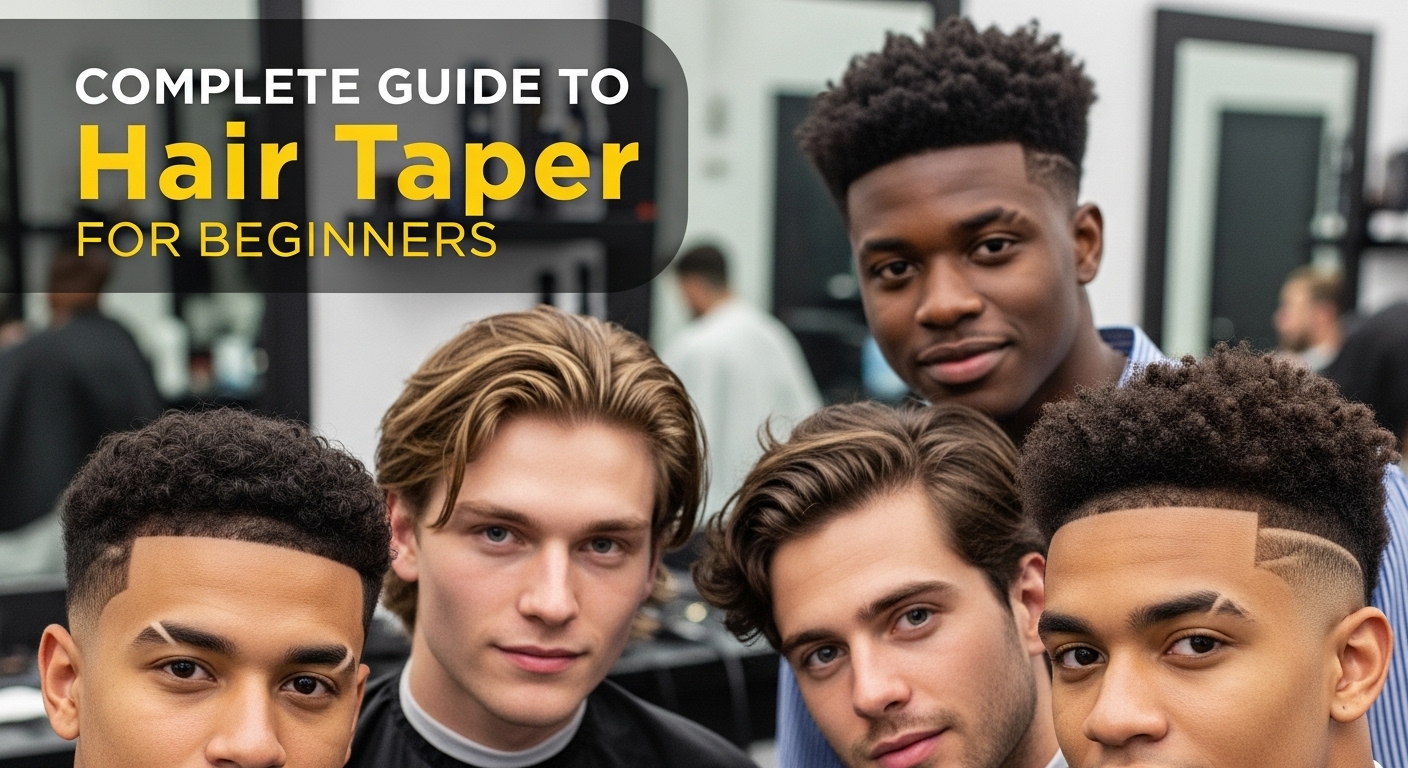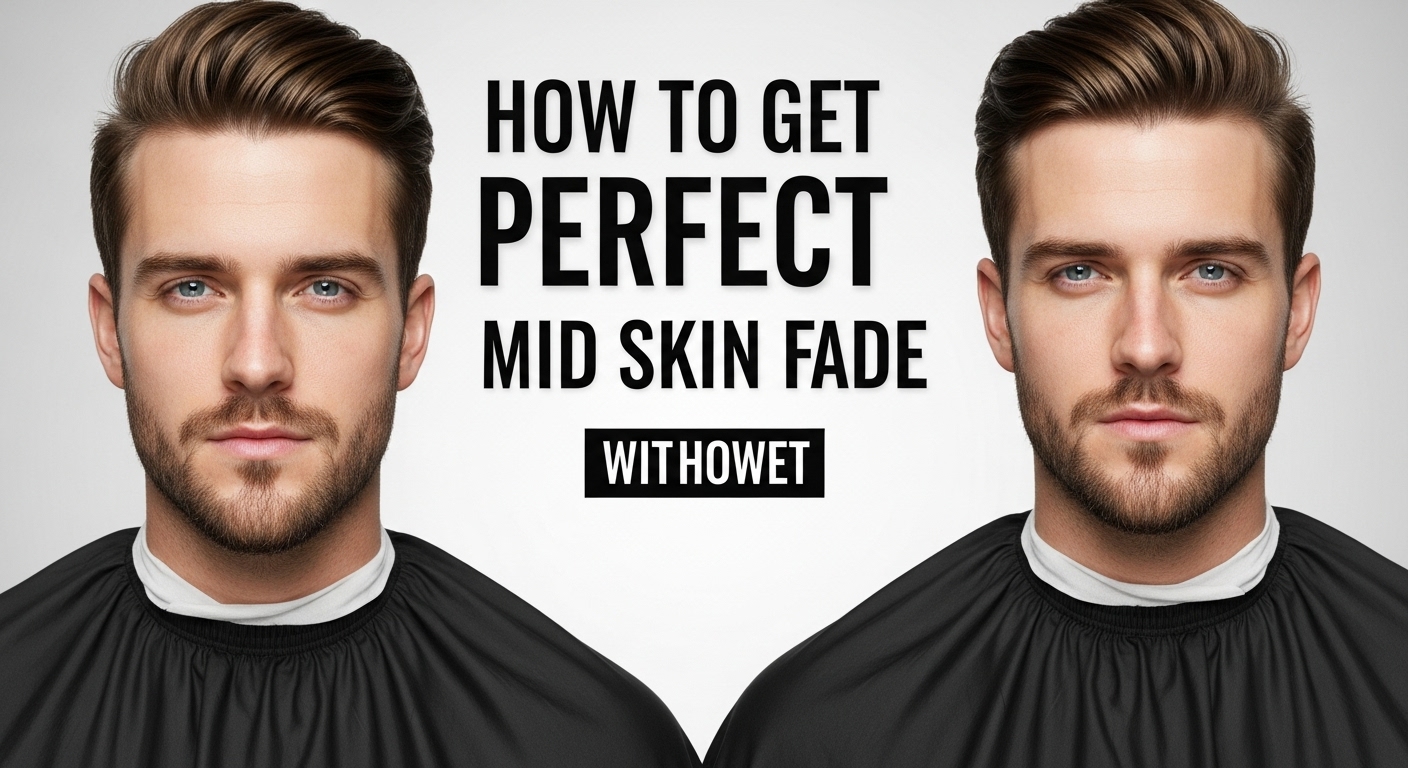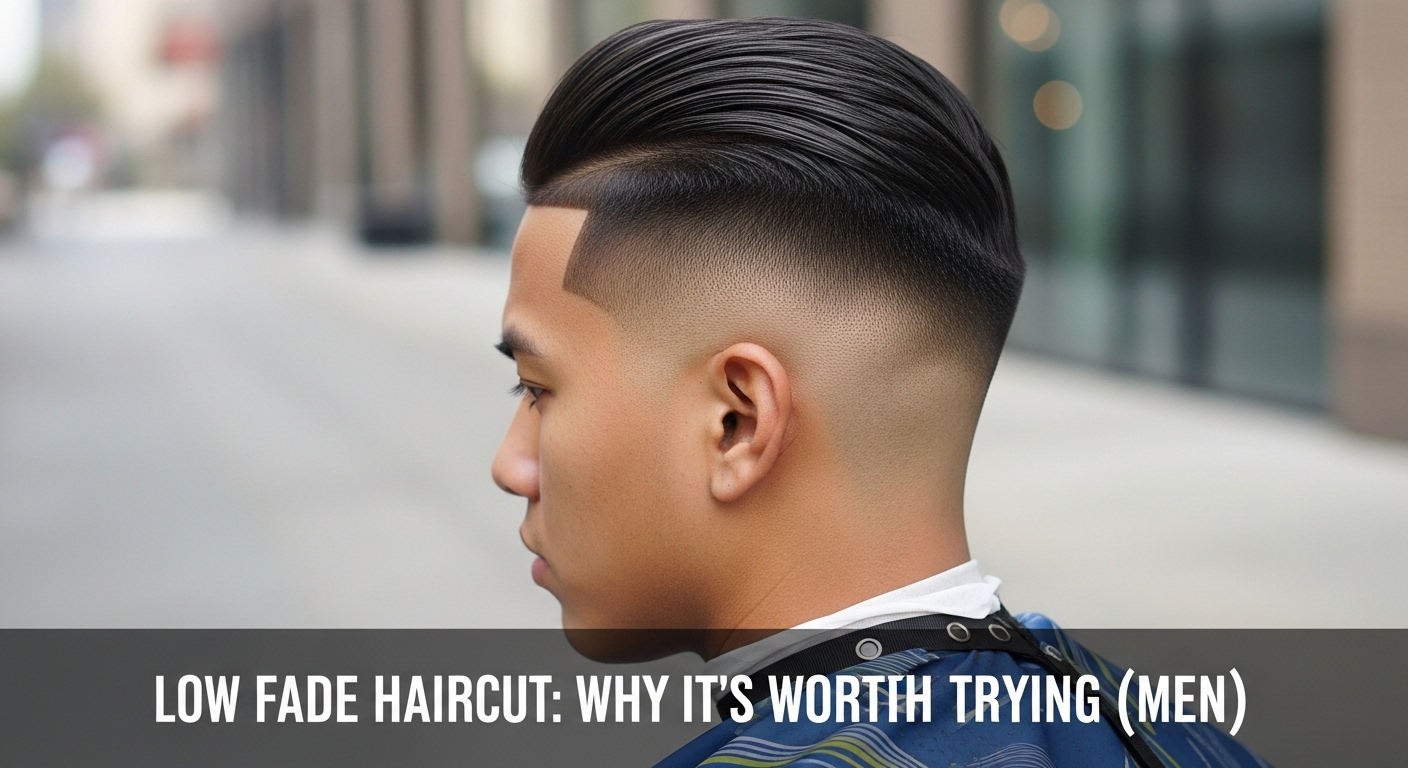Man, if you’ve ever walked into a barbershop and felt overwhelmed by the choices—fade this, skin that, line-up, edge-up—welcome to the club. Today, let’s talk about something pretty classic and yet versatile, the taper fade.
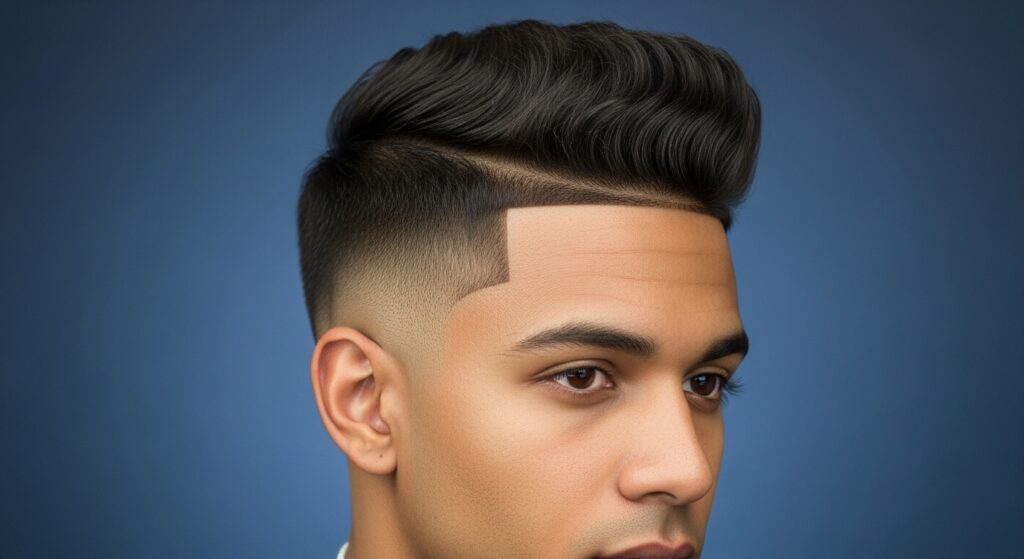
What’s a Taper Fade Anyway?
I get asked this a lot. The taper fade is basically where the hair gradually shortens near the neckline and around the ears. It’s a fade, but not the crazy, skin-tight kind that’s super bold. Instead, it’s subtle. You can almost think of it like a gentle slope rather than a cliff.
If you’re after something clean but not over-the-top, low taper fades do the trick. They work on pretty much all hair types, too — curly, straight, thick, or thin. The barber’s job is just to blend the lengths smoothly, leaving enough on top to style however you want.
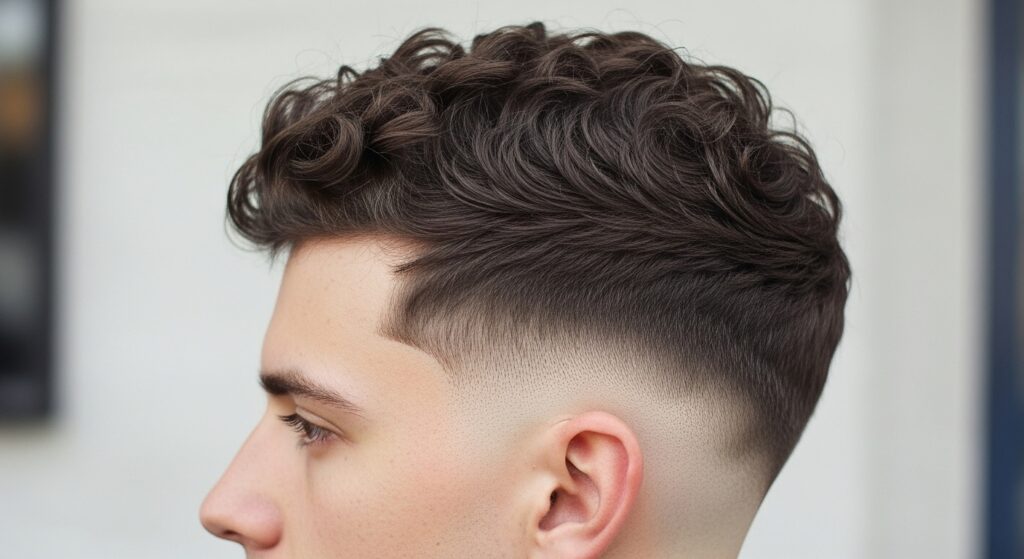
Why People Dig Taper Fades
One big reason is versatility. It looks sharp enough for work but relaxed enough for weekends. Plus, it grows out nicer than some harsh fades. No weird, patchy awkward stage. You just get a natural-looking, clean finish.
Also, it’s less maintenance than a skin fade or high fade. So if you’re not into weekly barber visits, low taper fades are more forgiving.
And honestly, it’s a style that’s been around forever for a reason. From old-school barbershops to today’s trendsetters, it’s a go-to.
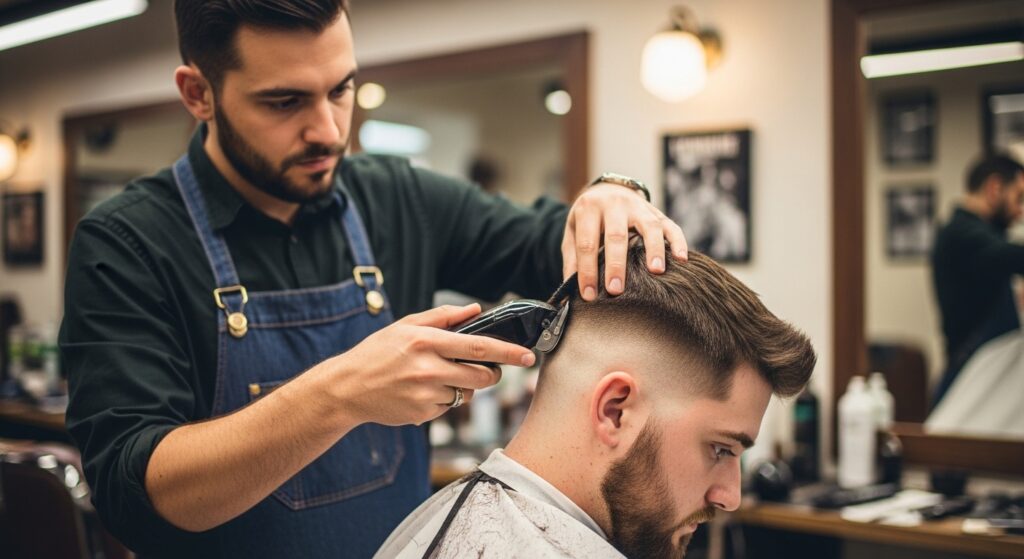
How It’s Done — From a Barber’s Chair
Usually, the barber starts with the longest length on top, then moves down to shorter lengths on the sides and back. The key is blending. You don’t want harsh lines or obvious cuts between lengths. It’s a gradual fade.
Most barbers use clippers with different guards. They start with a higher guard (longer hair) near the crown and go down guard sizes as they reach the neckline and sideburns.
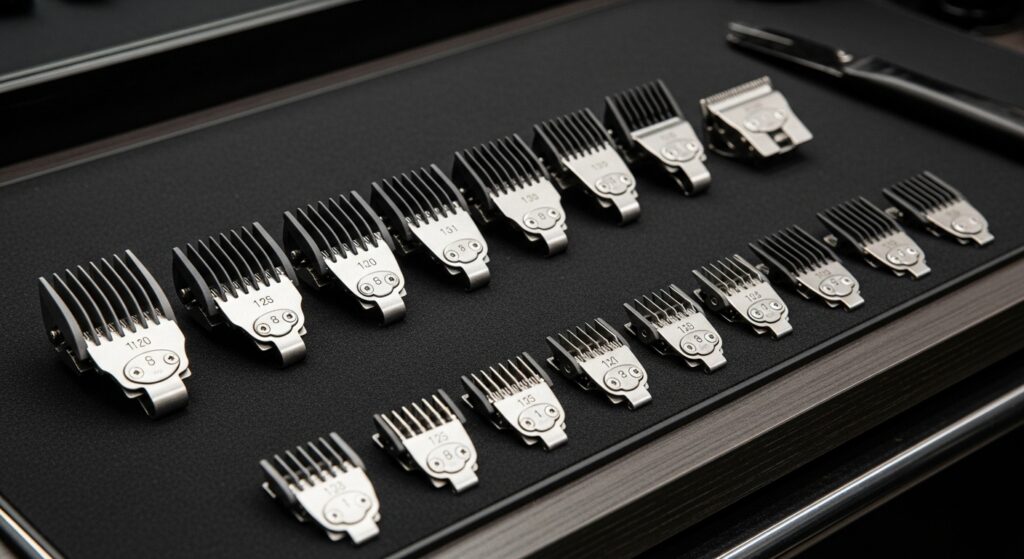
Styling Your Taper Fade
Here’s the thing—how you style the top can totally change the vibe. Got thick hair? Try a textured crop or messy quiff. Thin hair? Keep it neat with a slick back or classic side part. The taper fade acts like a clean frame for whatever style you pick.
For guys who want something quick, just a little product—pomade or matte wax—can give enough hold and keep it looking fresh.
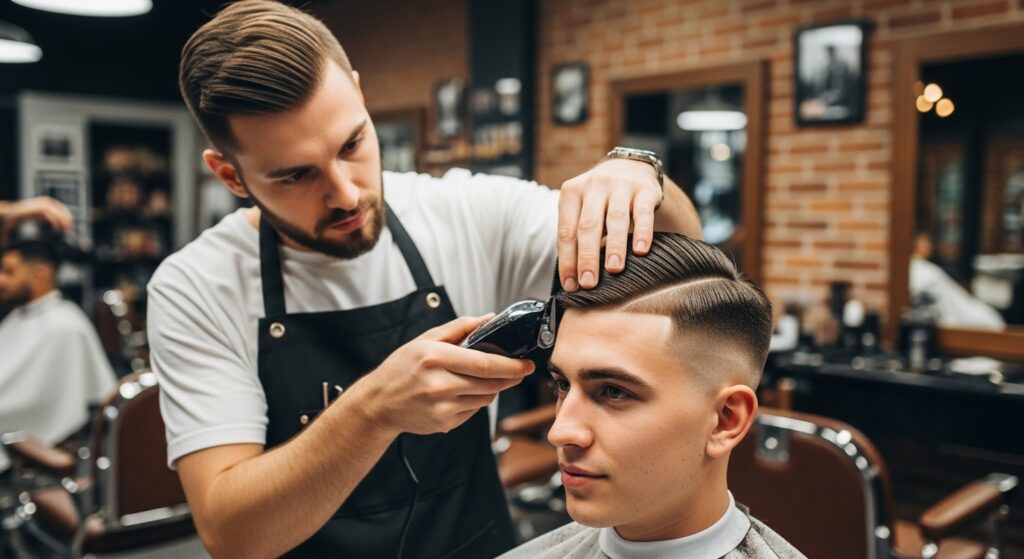
Common Mistakes to Avoid
I see this happen sometimes—barbers leaving a harsh line where the fade should blend. Or fading too high when the client wanted a low taper. Communication’s key. Always be clear with your barber about how low or high you want it.
Also, don’t expect a taper fade to fix a bad haircut on top. It’s a blending technique, not a miracle worker. So bring photos or be honest about what you want.
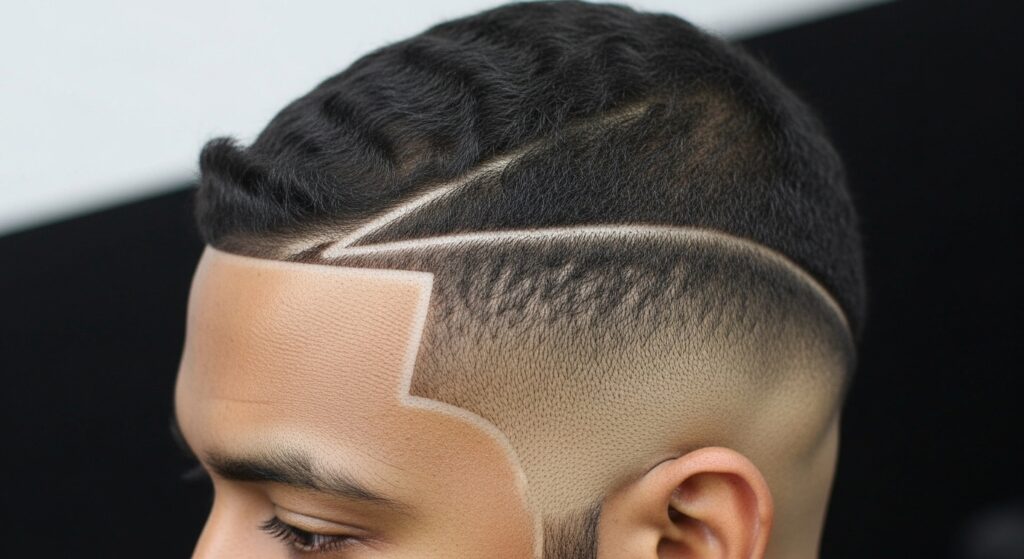
Who Should Try This Cut?
Honestly, anyone looking for a low-key, easy-to-manage style. Hairstyle for professionals, College students, dads who don’t wanna fuss. Also great if you want a haircut that’s classic but won’t look dated in a few months.
Because it’s so adaptable, you can make it your own with different lengths on top or by adding things like a beard taper.
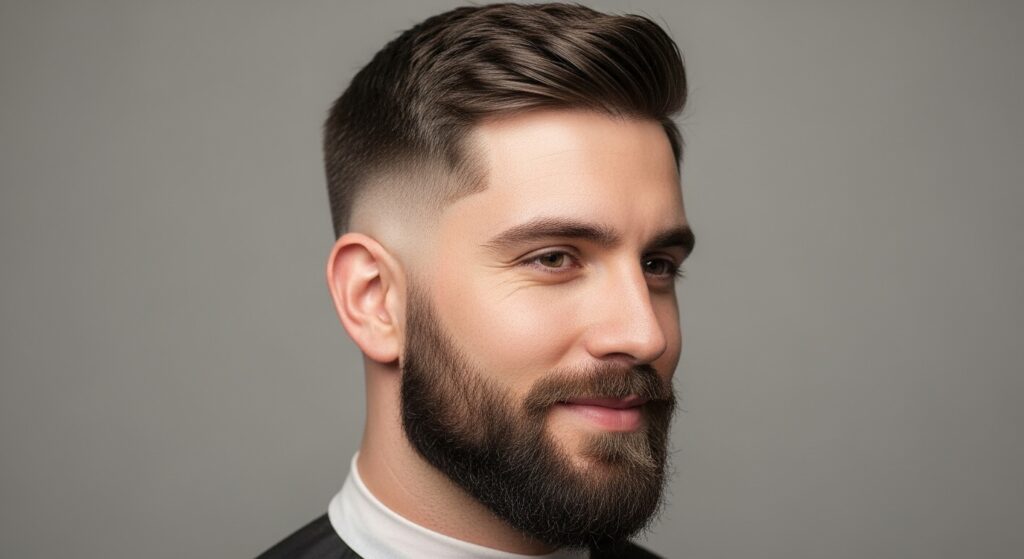
Keeping Your Taper Fade Fresh
Yeah, fades don’t last forever. But since this is a gradual taper, it grows out pretty naturally. Usually, getting a touch-up every 3 to 4 weeks is enough.
You can do your part at home by washing and conditioning regularly, plus keeping the neckline clean if you want to stretch time between cuts.
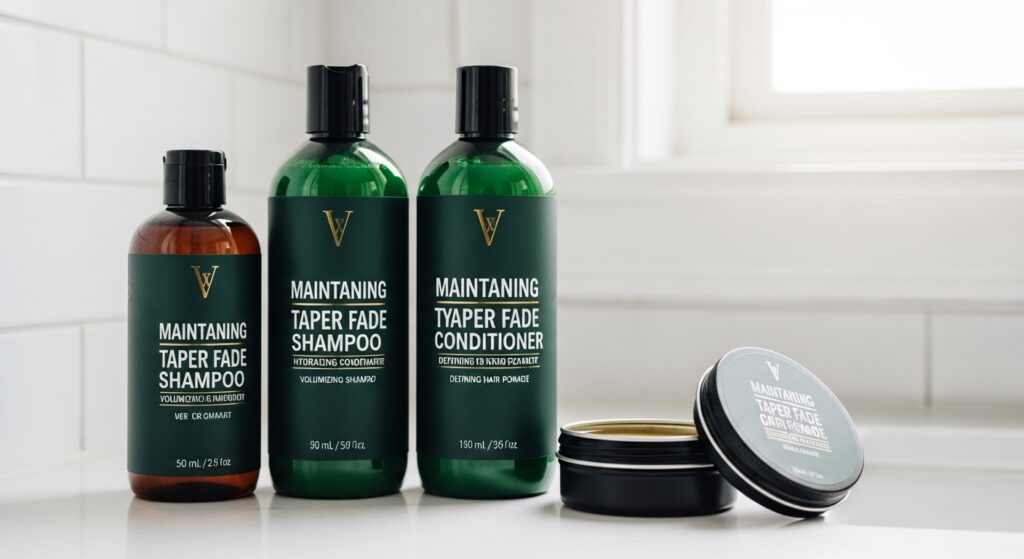
Alright, that’s my two cents on this solid haircut. No fancy jargon, no hype. Just what you need to know if you’re thinking about switching up your style with something clean but chill.
FAQs
- Is a taper fade good for curly hair?
Totally. It works well with curls since it keeps the sides clean but lets the curls on top pop. - How often should I get a taper fade touched up?
Usually every 3-4 weeks to keep it looking sharp without overdoing it. - Can I get a taper fade if I have thin hair?
Yeah, it actually helps by blending the sides and making thin areas look intentional. - What’s the difference between a taper fade and a skin fade?
A skin fade goes down to the skin for a more dramatic look, while a taper fade leaves some hair near the neckline. - Do taper fades suit all face shapes?
For the most part, yes. It’s subtle enough to work with most faces, but talk to your barber about personal tweaks.


